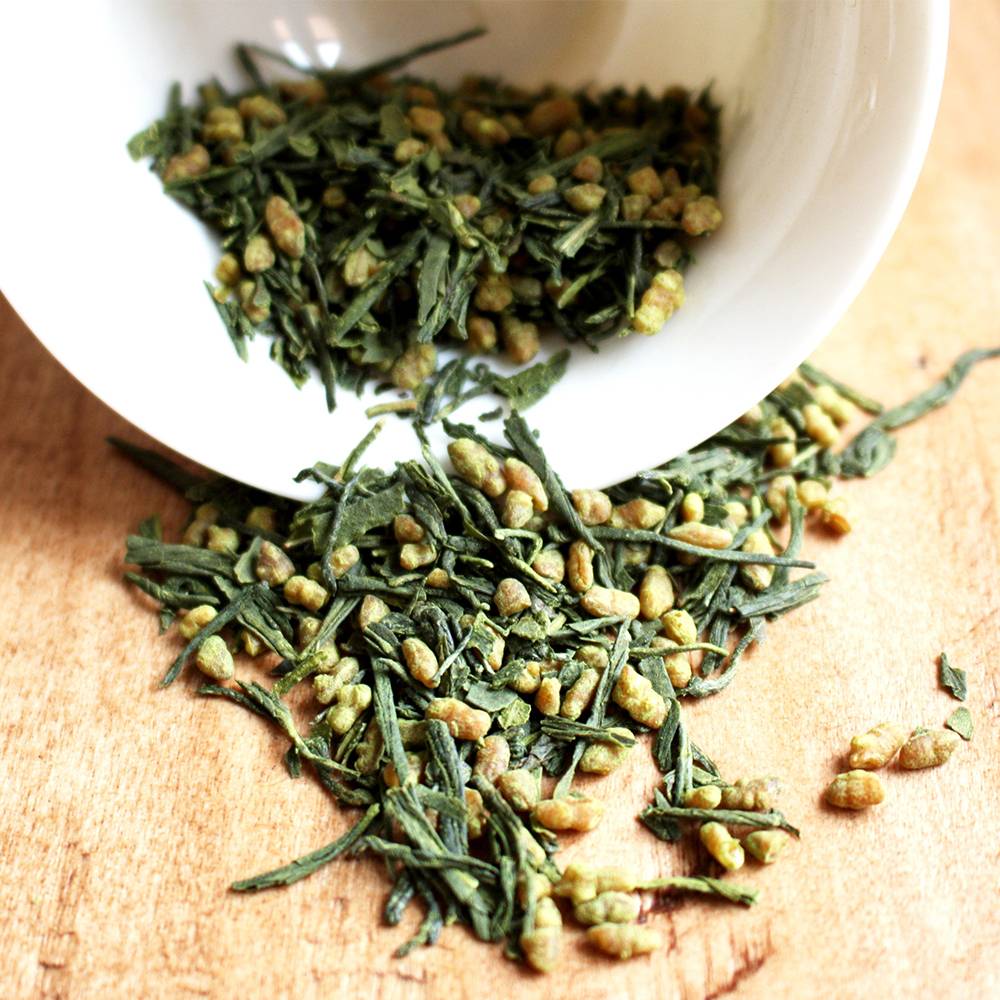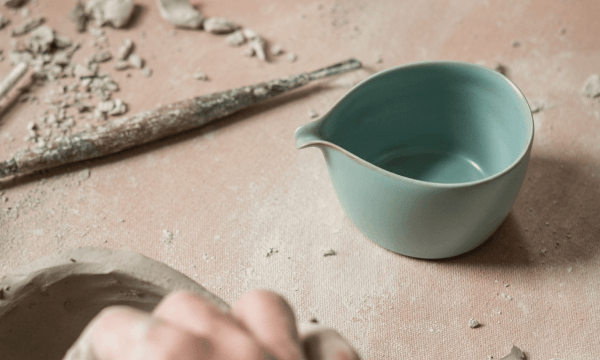tea and its surroundings, GONG FU CHA, Tea Legend
Scented tea vs. flavored tea
What is the difference between a flavored tea and a scented tea?
This distinction is often missed, and the word “flavored” mistakenly ends up referring to both types: yet there is quite a difference in the production and final flavors of these two products.
Flavored tea refers to a tea to which ingredients such as bits of dehydrated fruit, dried flowers, spices, or natural or synthetic essential oils have been added, with obvious differences in the result in terms of taste. One of the most famous flavored teas is undoubtedly theEarl Grey, invented in England and consisting of black tea leaves (originally Chinese, now often also from Ceylon) on which bergamot oil is sprayed.
There are actually many flavored teas made from a wide variety of products drawing from the world of flowers, spices or fruits: think of the famous Indian chai , rich with cardamom, cinnamon, black pepper and other spices. We can call even the genmaicha Japanese, made from bancha or sencha green tea with added puffed and roasted rice.
Therefore, it can be said that in flavored tea, the tea is never separated from the added ingredient.

Scented tea, on the other hand, refers to tea that has been put in contact with the substance whose scent the tea absorbs and which is then removed: in most cases, these are flowers.
In China the scenting of tea leaves with flowers has ancient origins. The flowers most typically used are jasmine, rose, magnolia, osmanthus or a little yellow flower called La Mei (“wintersweet” for us Europeans), which blooms on trees in winter between January and March.
How is fragrant tea made?
Very important is the flower selection stage(shai hua), which must be fresh and already 60% open. This is then done by alternating layers of flowers with layers of tea leaves: with regard to jasmine in particular, the most commonly used base is green tea, which is very refreshing and spring-like, but a resounding result can also be achieved by using red tea or white tea.
Being hygroscopic, tea absorbs the fragrance of the flowers, rendering them exhausted after 12 hours: if you want to repeat-in the case of the best teas-the scenting stage several times to increase the final fragrance of the product, you will have to separate the tea leaves from the flowers and replace the latter with a new load of fresh flowers. There are particularly fine jasmine teas where this step is repeated as many as 7 or 8 times!
In scented teas, unlike flavored teas, nothing but tea leaves will be visible: the flowers, in fact, are removed at the end of the scenting stage. In some cases, it happens that dehydrated petals are added at the end, which only serve to add a touch of extra color and beauty to the finished product, but do not really contribute to the aroma or taste.
Jasmine as a symbol of love
The fragrance of jasmine flower tea(mòlì hua in Chinese) is certainly the best known in the West as well: the best traditionally comes from Fujian Province and particularly the city of Fuzhou.
But perhaps not everyone knows that the intensely fragrant and intoxicating jasmine flower is also particularly valued in China as a symbol of eternal love. Romantically linked to this flower is an important female figure in 19th-century China: Empress Cixi (1835 – 1908, dyn. Qing), who under her reign made jasmine the national flower of China.
When Cixi was just a young concubine, Emperor Xianfeng gave her a pair of jasmine flower earrings that were precious in the eyes of the future empress. The sad reality was that Cixi was never really loved by Xianfeng, who died leaving her with that pair of white earrings and a son as her only reminders of himself, who ascended the throne and of whom Cixi would be guardian, holding de facto power.
Cixi jealously preserved those earrings and never parted with them, so much so that many portraits paint her with those little treasures on her lobes. She loved that flower, a symbol of an eternal love that was unfortunately never reciprocated, and she loved jasmine flower-scented tea, which she offered to visiting diplomats and foreign guests. In fact, under his rule, jasmine tea production in Fuzhou increased tremendously, reaching between 1856 and 1886 to constitute about 40 percent of all China’s tea exports!
Would you like to try a good flavored tea or scented tea from our online shop?
Discover our best products:
Bergamot flavored black tea
Jasmine tea
Oolong Peach Tea
Oolong Rose Tea


 Italiano
Italiano Français
Français Deutsch
Deutsch
